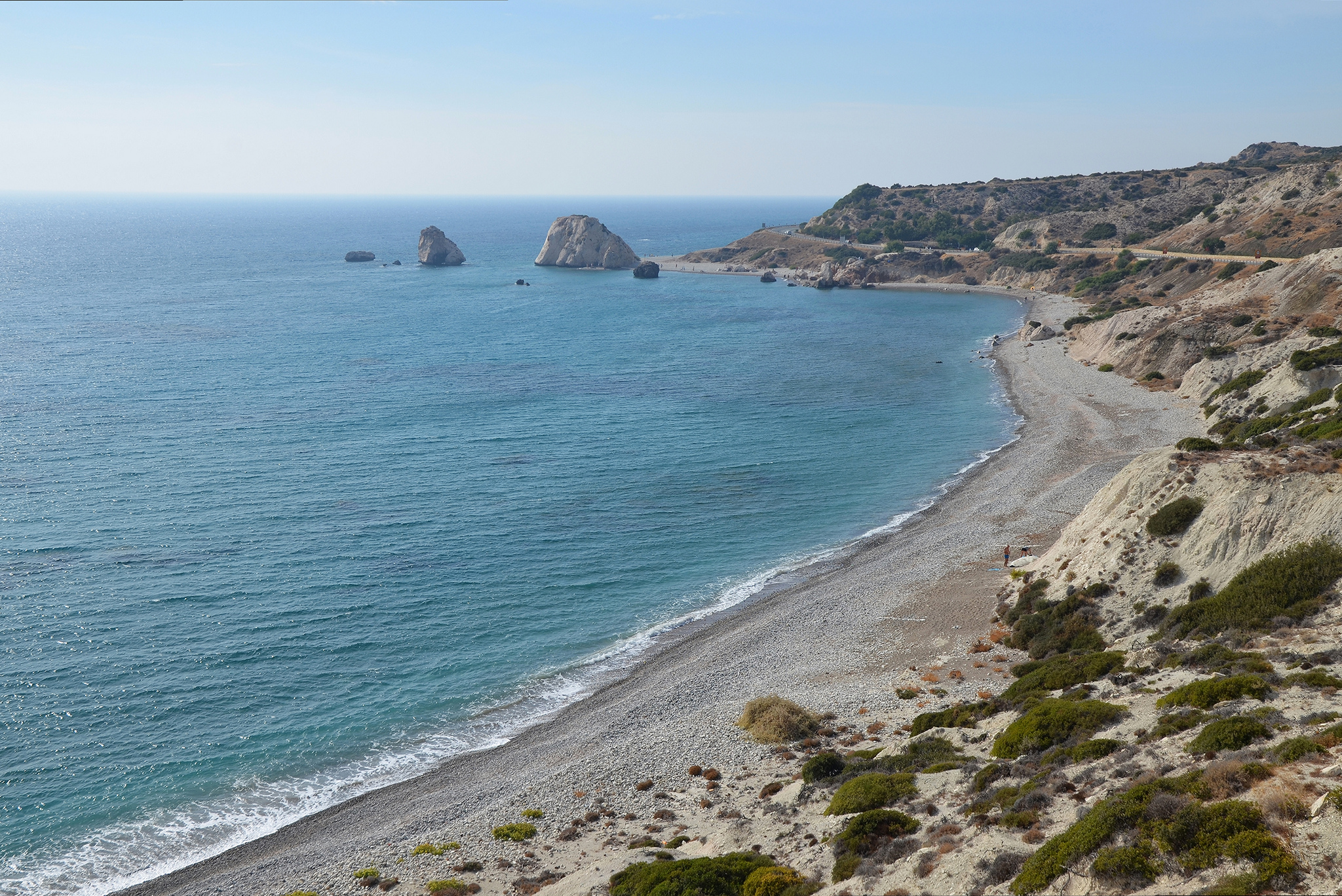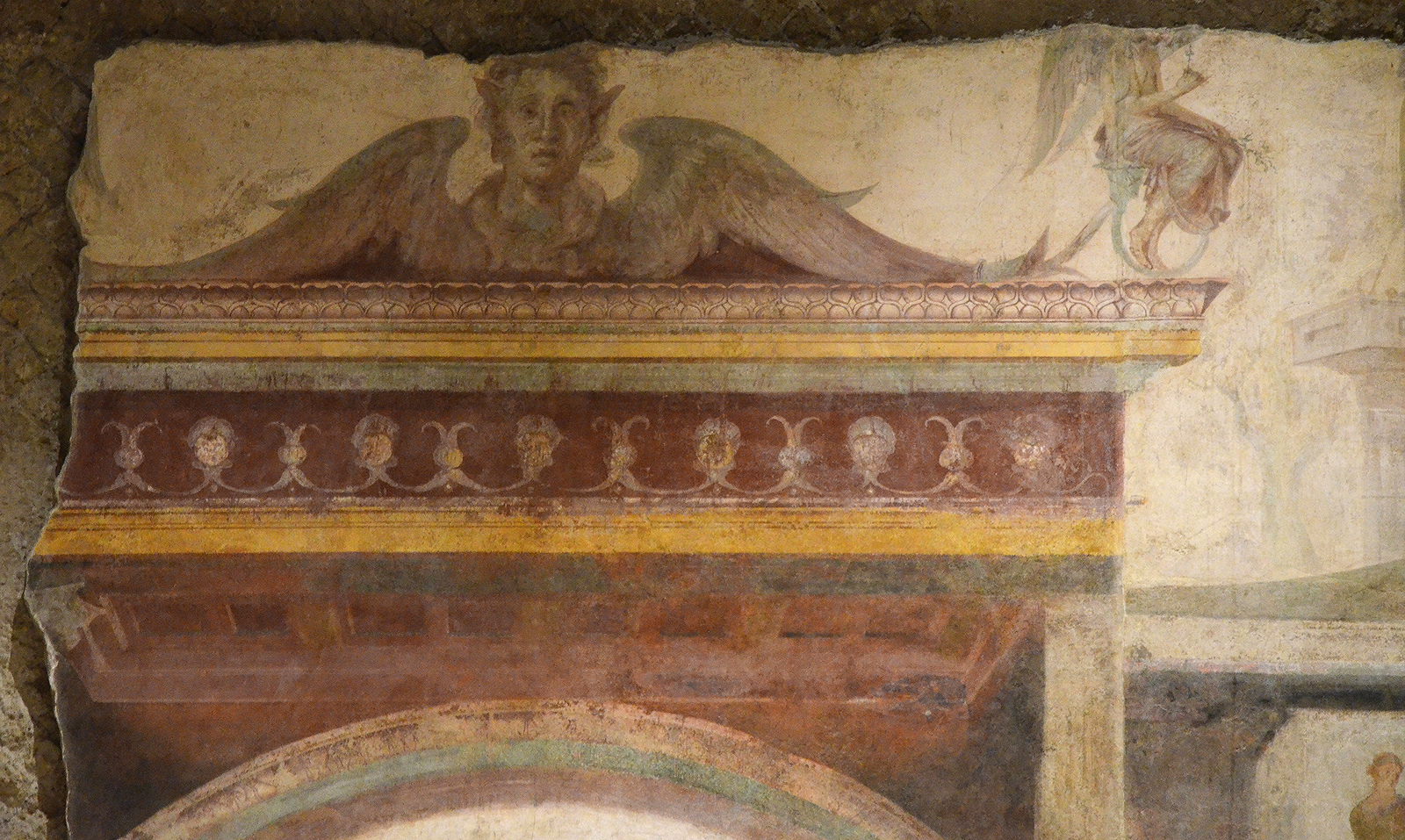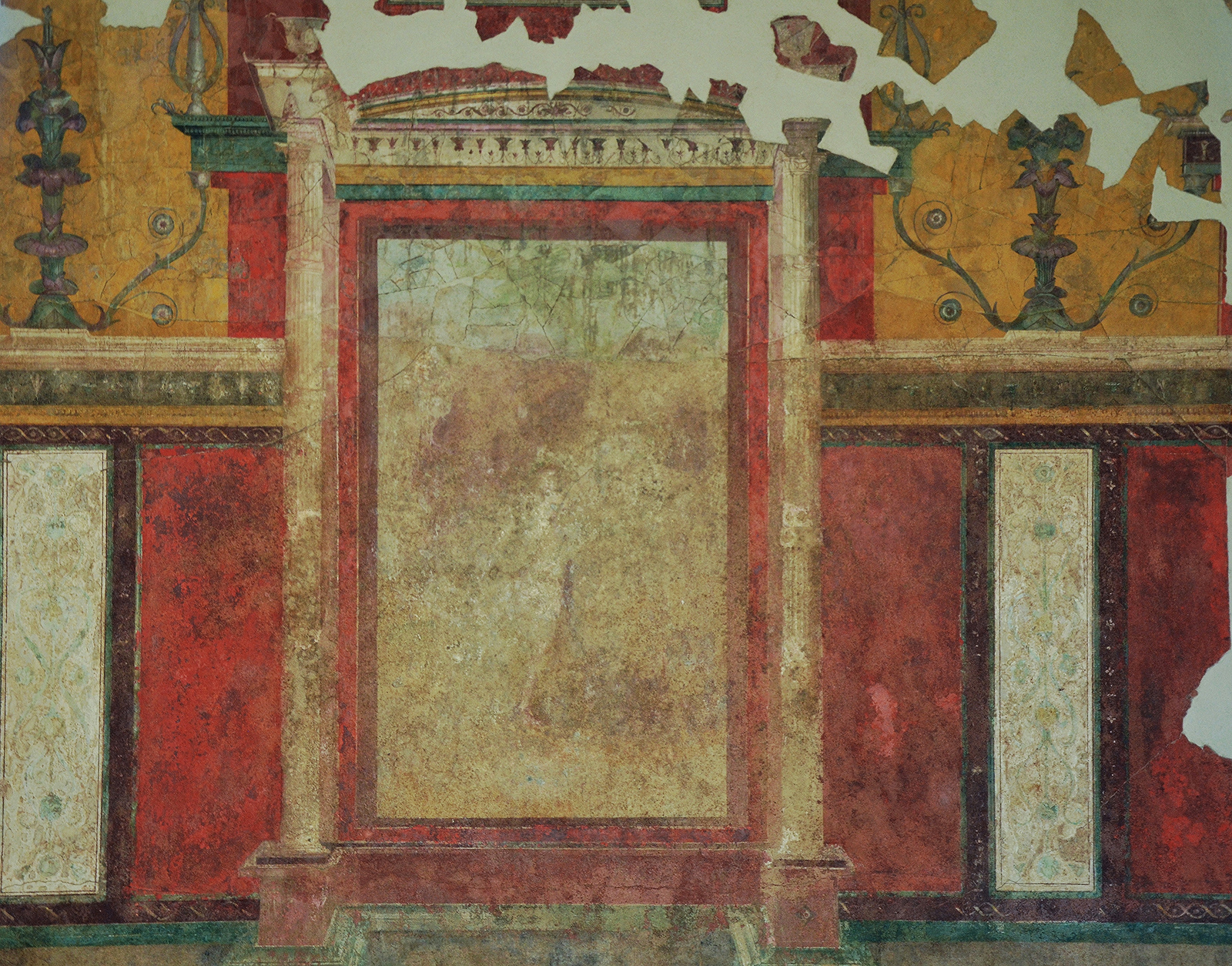Our Ancient Cyprus Travel Guide
Lying at the crossroads of the eastern Mediterranean, the island of Cyprus has long been a meeting point for many of the world’s great civilizations. Situated where Europe, Asia and Africa meet, its location shaped its history of bringing civilizations together. Many powers conquered the island, and Cyprus was ruled in turn by the Hittites, the Egyptians, the Persians and the Greeks until it was absorbed by the Romans. Cyprus is also known as the “Island of Love”. According to mythology Aphrodite, the ancient Greek goddess of love and beauty, was born from the foam of the sea on the south-western coast of Cyprus.




